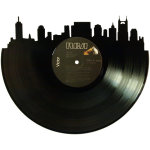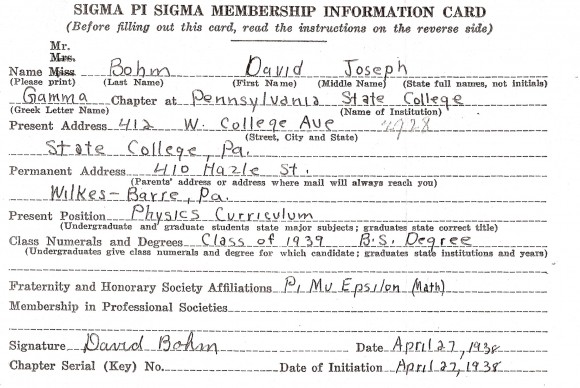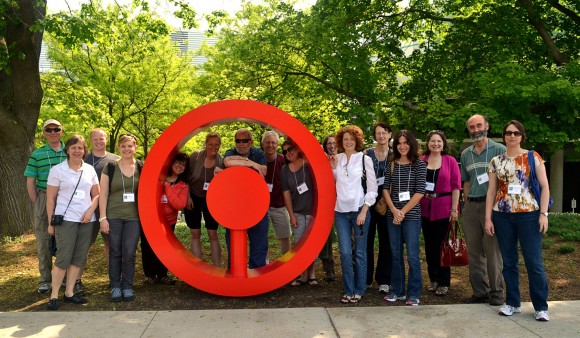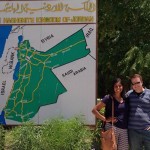There’s seeing Nashville—and then there’s taking Nashville by storm with Jerry Zolten.
 This is a story of the latter experience. Continue reading A headline act in Music City
This is a story of the latter experience. Continue reading A headline act in Music City
There’s seeing Nashville—and then there’s taking Nashville by storm with Jerry Zolten.
 This is a story of the latter experience. Continue reading A headline act in Music City
This is a story of the latter experience. Continue reading A headline act in Music City
Penn State’s museums are full of the majestic, the sublime, and the awe-inspiring. There, on display for all of us to see, are artifacts of science and objects of art that remind us of humanity’s ability to turn skill and knowledge into things of beauty and understanding.
These museums are also filled with something else that, for the most part, only human beings can produce and that, without a doubt, only human beings can appreciate: the really, really weird.
Just in time for Halloween, I’d like to take us on a trip to some of Penn State’s museums and find the best examples of Weird Penn State. As turns out, finding the really, really weird is really, really easy.
We’ll start our weird adventures at the Palmer Museum of Art, Penn State’s premier arts resource for the University and surrounding area. Continue reading Weird Penn State — A Halloween Night at Our Museums

When David Joseph Bohm arrived at Penn State in 1936, he was taking his first academic baby step on a journey that would place him in the pantheon of the greatest theoretical physicists of the 20th century.
Bohm, a son of a Wilkes-Barre furniture store owner who also served as the town’s part-time rabbi’s assistant, would later work with some of the leading minds in physics. He studied under Robert Oppenheimer at the University of California, Berkeley. Later, he was a protege of Albert Einstein, working closely with him at Princeton University. The partnership between the two was so close that some scientists speculated that Einstein considered the Penn State grad to be his successor. Continue reading Penn State’s Hidden Treasures: David Bohm’s Path of Infinite Potential
As association conferences go, the University Research Magazine Association’s annual meeting is at the “exceptionally good” end of the spectrum.
I think the winning formula may be an international mix of longtime colleagues who share advice and resources throughout the year; an influx of new members who keep us on our toes with fresh ideas; and a rotating conference location, allowing us to take turns hosting and our showing off our parent institutions and publications.
For instance, Penn State took its turn in 2008. (Acclaimed PSU geologist and climate change researcher Richard Alley gave a memorable presentation.) We’ve been hosted in Maryland by the Howard Hughes Medical Institute, we’ve met up in Evanston and Chicago (check out the blog post!) when our meeting was sponsored by Fermilab and Northwestern University, and in Binghamton, New York last year, just to name a few.

We had to leave the excavation early. It wasn’t our choice and we were never in any danger. The various universities and their insurance carrier decided we had to leave,only University of Massachusetts, Amherst didn’t go with us, but they left the next day. We were told in the evening that we would leave the next morning, by bus, for Amman, Jordan. No one wanted to leave, and in fact, much of the staff remained. I was leaving over the weekend anyway, so I went with the evacuees. We were told that we would need $30 for an entrance visa to Jordan, but that the company evacuating us was going to try to take care of that.

So, we all packed and scrounged around for money and contemplated leaving the next morning. After breakfast, we boarded a bus that was waiting for us. There was a driver and someone from the evacuation company. There were also others in SUVs traveling in front of us and behind us, while we drove from Akko to Beit She’an about an hour away. It was ridiculous, we were not in any danger in the Galilee. Continue reading Home Again, Home Again, Jiggity Jig